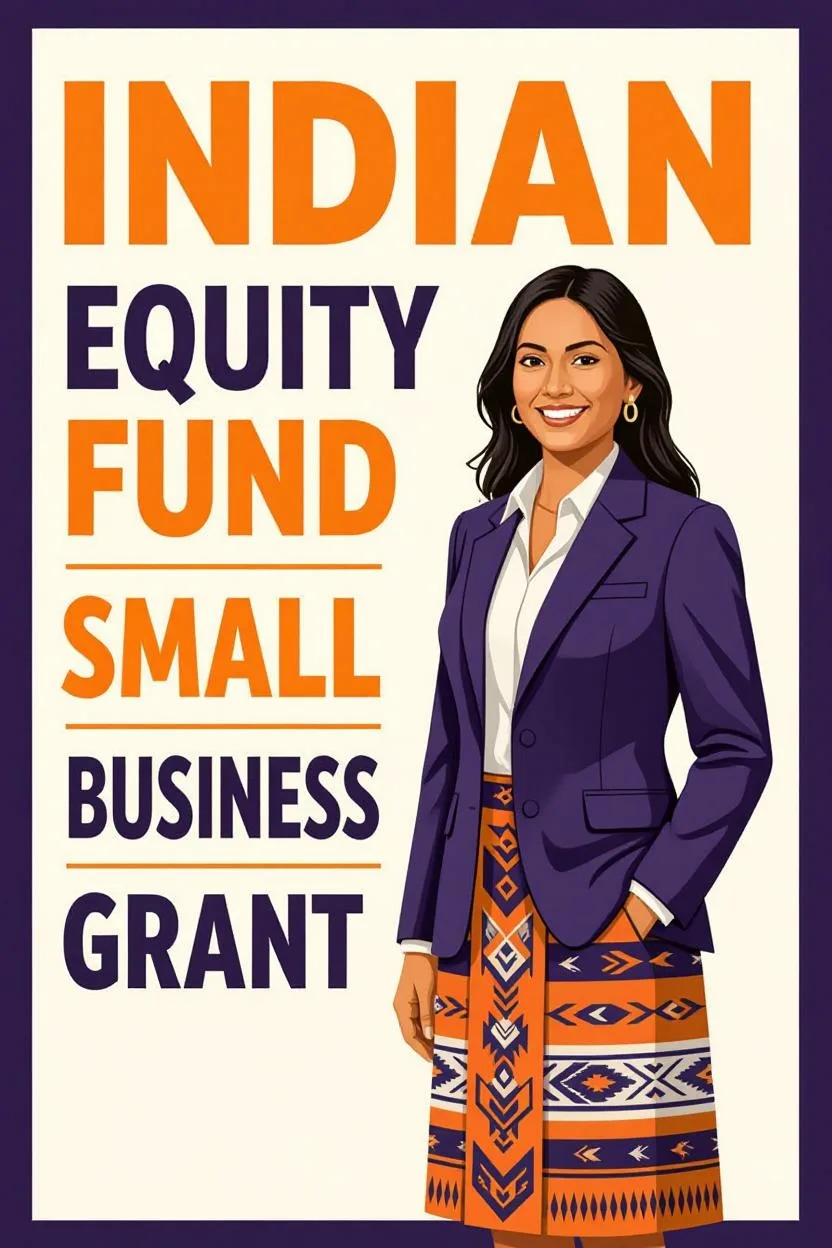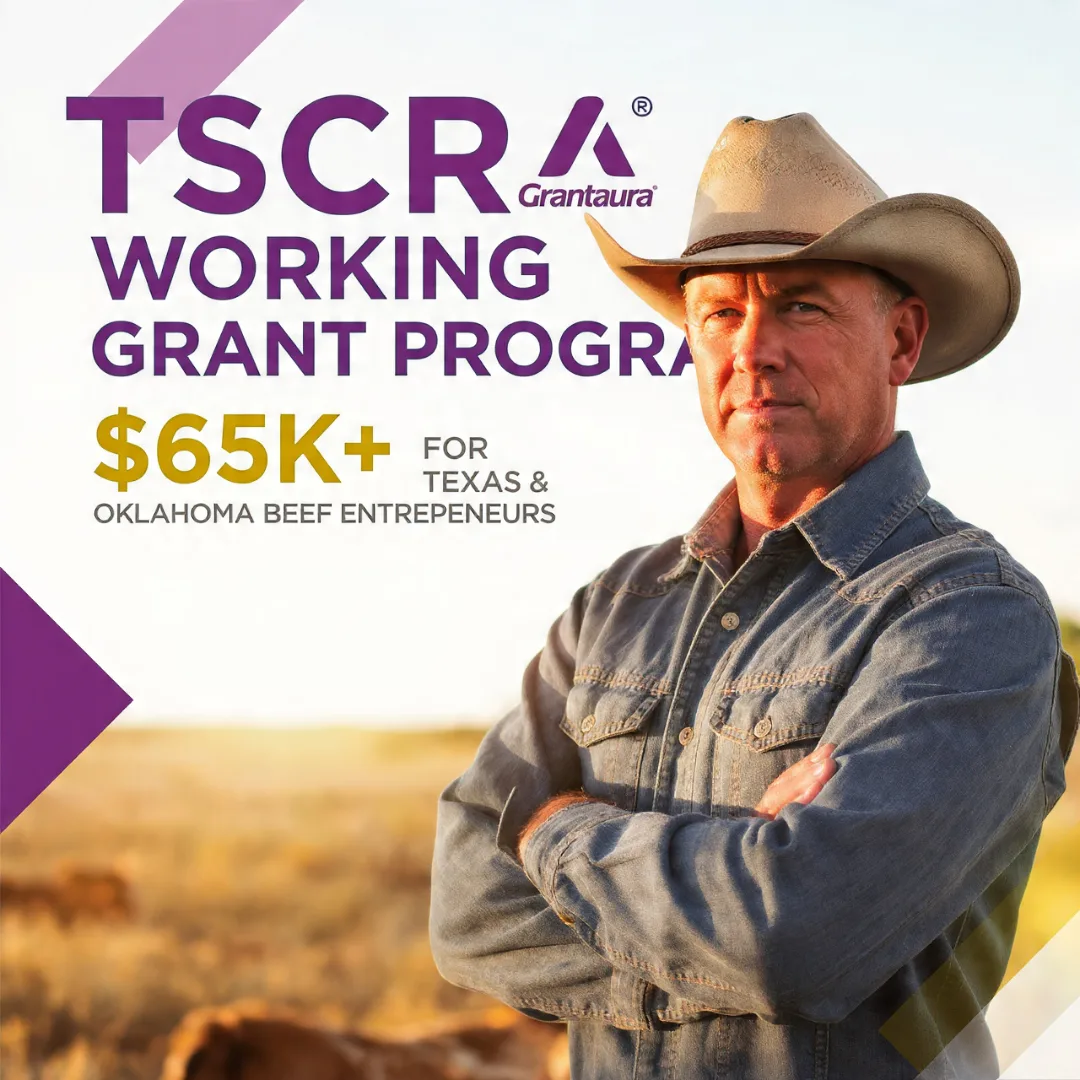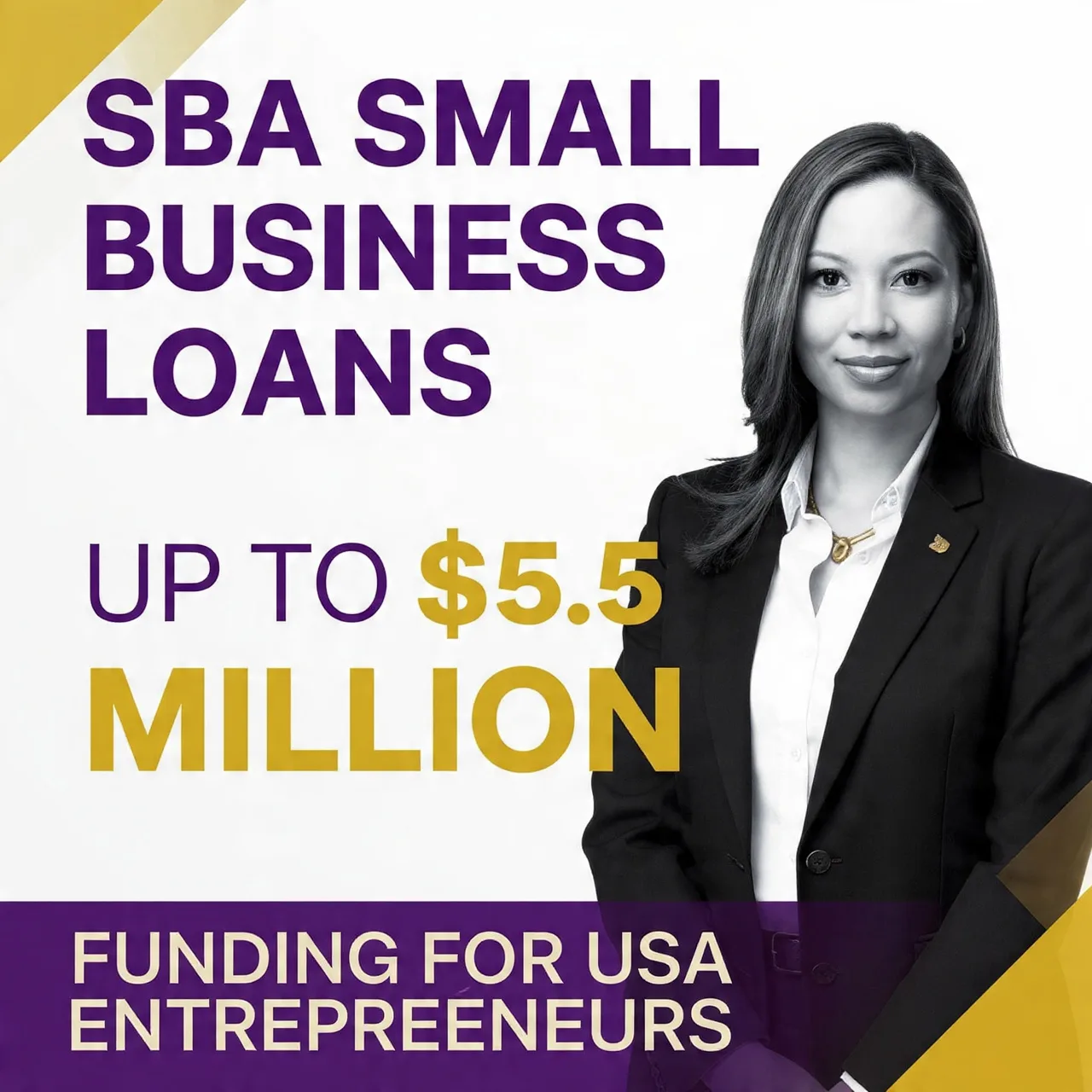
Indian Equity Fund Small Business Grant: $14,000 Native Indian Grants Changing Montana’s Tribal Economy
Get $14,000 native indian grants for your Montana business. Apply for Indian Equity Fund grants – deadline approaching. Apply Now!
Grant Overview
Real Montana tribal members getting $14K native indian grants – no strings attached except that 1:1 match requirement that actually helps your business grow stronger.
Native indian grants aren’t just some government paperwork exercise – they’re literally changing lives across Montana’s reservations. I’ve seen it firsthand. The Indian Equity Fund Small Business Grant stands out as this beacon of hope for enrolled tribal members who’ve got business dreams but lack the startup cash. Think about it: up to $14,000 that could buy you that industrial sewing machine like Summer Kennerly got for her Sunshine Woman Creations in East Glacier. Or maybe a new alignment rack for your auto shop like Nathan Chandler scored for Nate’s Gona Fix It in Havre. These aren’t hypotheticals – they’re real businesses thriving today because of this native business funding.

Let’s be blunt about something important here. Native American entrepreneurs face hurdles that most business owners never even think about. According to the Kauffman Foundation, they’re dealing with geographic isolation, limited networks, and this crazy statistic: Native Americans are nearly twice as likely to live in poverty compared to all Americans. That’s why programs like the Indian Equity Fund matter so much. They’re not just handing out money – they’re building economic sovereignty one business at a time. And honestly? We need more of these minority entrepreneur grants across the country.
So What Exactly Is This Indian Equity Fund Thing?
The Indian Equity Fund Small Business Grant is basically Montana’s answer to the funding gap that’s held back Native entrepreneurs for generations. Started back in 2019 through House Bill 2 and signed by Governor Steve Bullock, this program has pumped millions into tribal businesses across the state. What makes it different? Well, unlike a lot of startup grants that make you jump through endless hoops, this one keeps it relatively straightforward while still maintaining solid standards.
Here’s the deal – it’s administered by the Montana Department of Commerce’s Office of Indian Country Economic Development. These folks actually get what Native businesses are up against. They’re not some distant bureaucrats in Washington DC. They’re right there in Helena, working directly with tribal members who’ve got business ideas but need that financial push to get things rolling. The program’s design shows they understand that traditional financing often falls short in Native communities, where collateral might look different and credit histories might not tell the whole story.
Who Actually Gets This Money? Let’s Get Specific
Okay, so who can actually apply for these native indian grants? The eligibility is pretty specific, and honestly, that’s a good thing. You need to be an enrolled member of one of Montana’s eight federally recognized tribes. No exceptions. And yeah, you’ll need to prove it with either a Certificate of Degree of Indian Blood (CDIB) or your official tribal ID. The program isn’t messing around with this requirement – they want to make sure the money stays within the tribal communities it’s designed to serve.
The eight tribes that qualify are: Blackfeet Nation, Chippewa Cree Tribe, Confederated Salish and Kootenai Tribes, Crow Tribe, Fort Belknap Indian Community, Fort Peck Assiniboine and Sioux Tribes, Little Shell Tribe of Chippewa Indians, and Northern Cheyenne Tribe. Your business needs to be physically located in Montana too – this isn’t for tribal members who’ve moved elsewhere. And you should either be starting a new business or looking to expand an existing one. This business funding is specifically designed to create economic activity within Montana’s tribal communities.
Q: What if I’m only partially Native American? Can I still apply?
A: Unfortunately no. You need to be an enrolled member of one of the eight federally recognized tribes in Montana. Partial ancestry doesn’t qualify you – it’s about formal tribal enrollment.
Q: Do I need to live on the reservation to qualify?
A: Not necessarily, but your business must be located in Montana. Many successful applicants live in reservation communities but some operate businesses in nearby towns while still maintaining their tribal enrollment.
Show Me the Money: How Much Can You Really Get?
Let’s talk numbers because that’s what matters, right? The Indian Equity Fund Small Business Grant offers individual awards of up to $14,000. Now, here’s where it gets interesting – you need to match it dollar-for-dollar. But don’t let that scare you off. The match can be cash, equipment, inventory, or even in-kind services. Take Rebekah Jarvey from Havre – she makes those beautiful ribbon skirts and does beadwork. She got $3,750 and used existing inventory and equipment to meet her match requirement. Smart, right?
The total funding pool usually exceeds $300,000 each year, supporting roughly 25-30 Native-owned businesses across Montana. That’s not just money – that’s 25-30 dreams getting launched or expanded. That’s families being supported, traditions being preserved through business, and economic activity happening in communities that often get overlooked by mainstream funding sources. When you look at the big picture, these grants for marginalized entrepreneurs are creating ripple effects throughout Montana’s tribal economies.
What Can You Actually Spend This Money On?
This isn’t one of those grants where you get the money and then wonder what you’re allowed to do with it. The Indian Equity Fund gives you pretty clear guidelines while still being flexible enough to help different types of businesses. Common uses include equipment purchases (like that industrial sewing machine Summer Kennerly bought), inventory acquisition, working capital, marketing materials, and business infrastructure improvements.
What you CAN’T use it for is just as important. No payroll expenses. No ongoing operational costs. No paying yourself a salary. The funds need to go toward things that will actually grow your business and create sustainability. That makes sense when you think about it – they’re investing in your business’s future, not just keeping it afloat month to month. This approach aligns with what we see in successful business grant programs nationwide that focus on long-term impact rather than short-term fixes.
Q: Can I use grant money to build a website for my business?
A: Absolutely! Website development and digital marketing expenses are considered legitimate business infrastructure investments that can help grow your customer base and improve sustainability.
Q: What if my business needs more than $14,000 to get started?
A: Many successful applicants combine the Indian Equity Fund with other funding sources. The grant can serve as your foundation, making you more eligible for additional loans or investments.
The Application Process: What You’re Really Getting Into
Applying for the Indian Equity Fund Small Business Grant isn’t rocket science, but it does require some preparation. The application window typically opens August 1st and closes September 30th each year. That gives you about two months to get your ducks in a row. And honestly? That’s not much time if you’re starting from scratch. The smart applicants begin gathering their documents and working on their business plans months in advance.
You’ll need to show proof of tribal enrollment (that CDIB or tribal ID we talked about), a solid business plan, financial projections, and a clear explanation of how you’ll meet that matching requirement. The Montana Department of Commerce actually offers technical assistance to help applicants through this process, which is pretty cool. They recognize that many Native entrepreneurs might be first-time grant applicants and could use some guidance. This support system is crucial because applying for business grants can feel overwhelming if you’ve never done it before.
Timeline and Key Dates You Can’t Afford to Miss
Let’s break down the timeline because missing deadlines is the easiest way to kiss your chances goodbye. The Indian Equity Fund operates on a pretty predictable annual cycle:
– Application Period: August 1 to September 30 (mark these dates in your calendar!)
– Review Period: October through November (this is when the committee carefully evaluates each application)
– Award Notifications: December (just in time for holiday planning, though the money doesn’t come immediately)
– Funding Disbursement: January of the following year (perfect for New Year business planning)
This timeline works pretty well because it gives the review committee enough time to thoroughly evaluate applications while ensuring funds are available at the beginning of the calendar year. That’s when many businesses are doing their annual planning and budgeting, so the timing couldn’t be better. Just remember – these dates might shift slightly from year to year, so always check the Montana Department of Commerce website for the most current information about these funding opportunities.
What Separates Winning Applications from the Rest?
After looking at dozens of successful applications, I’ve noticed some patterns. The winners almost always have a few things in common. First, their business plans are clear, detailed, and realistic. They’ve done their homework on their target market, competition, and financial projections. Second, they’ve got a solid plan for meeting that matching requirement – whether it’s through cash reserves, committed investors, or documented in-kind contributions.
But here’s something that might surprise you – the most successful applications often tell a story. They connect the business to the community and show how it will create positive impact beyond just making money. Take Diamond Hanging 7 Guest Ranch in Pryor – they didn’t just ask for money to fix up their cabins. They showed how their business brings visitors from across the U.S. and Europe to experience Native American culture, supporting the broader community during events like Crow Fair. That kind of context matters. Reviewers want to see that your native business idea has roots in the community and potential for real impact.
Common Mistakes That’ll Get Your Application Tossed
Look, I’ve seen way too many good applications get rejected over simple, avoidable mistakes. The biggest one? Incomplete documentation. I’m talking about missing tribal enrollment proof or not clearly showing how you’ll meet the matching requirement. That’s just careless, and it’s the fastest way to get your application set aside.
Another common issue is vague business plans. You know the ones – they’re full of fluff but short on specifics. Reviewers aren’t impressed by fancy language. They want to see concrete numbers, realistic projections, and a clear plan for how you’ll actually use the grant money to grow your business. And please, for the love of all that’s holy, don’t submit a generic business plan that you downloaded from the internet and barely customized. These reviewers have seen hundreds of applications. They can spot a template a mile away. Your grant application needs to reflect your unique business vision and community context.
Beyond the Indian Equity Fund: Other Native Indian Grants You Should Know About
The Indian Equity Fund is great, but it’s just one piece of the funding puzzle for Native entrepreneurs. The Bureau of Indian Affairs offers several other programs that deserve your attention. There’s the Native American Business Development Institute (NABDI) grant, which helps tribes evaluate economic opportunities – kinda like the research phase before you start your business. Then there’s the Tribal Tourism Grant Program, which supports tourism-related businesses with awards between $25,000 and $150,000. That’s significantly more than the Indian Equity Fund, though the focus is specifically on tourism.
Don’t overlook the National Tribal Broadband Grant either. With $100,000 to $175,000 available for broadband feasibility studies, this could be huge if you’re in a community with limited internet access. And the Energy and Mineral Development Program supports tribes in evaluating their energy resource potential – super relevant if you’re thinking about renewable energy projects on tribal lands. These funding programs collectively create a robust ecosystem of support for Native economic development.
Q: Can I apply for multiple native indian grants at the same time?
A: Absolutely! Many successful Native entrepreneurs combine multiple funding sources. Just be transparent about it in your applications and ensure each grant request supports different aspects of your business.
Q: Are there grants specifically for Native American women entrepreneurs?
A: While the Indian Equity Fund doesn’t prioritize gender, many other programs specifically support Native women in business. Organizations like the Native Women’s Business Center offer specialized funding and support.
The Real Impact: Success Stories That’ll Inspire You
Numbers are great, but stories are what really show the impact of these native indian grants. Let me tell you about Michelle Hannon and her business, Border Package Pickup. Located just eight miles from the Canadian border in Babb, her business provides shipping services between Canada and the U.S. She received a $3,750 grant to purchase a storage shed, which increased her capacity to store packages and actually allowed her to expand hours for her part-time staff. That’s not just about equipment – that’s about creating jobs in a small community.
Or consider Titus Takes Gun, owner of Metal Solutions in Billings. He’s a welding and fabrication startup that received $14,000 to purchase equipment including a flatbed truck and welder. With that new equipment, he’s now fully equipped to pursue government contracts – a whole new level of business opportunity that was previously out of reach. These aren’t just success stories – they’re examples of how strategic native funding can create exponential growth for Native-owned businesses.
The Bigger Picture: Why Native Business Development Matters
Let’s zoom out for a minute and look at why these native indian grants matter so much. According to the SBA, Native Americans own over 400,000 businesses in the United States, employing nearly 300,000 workers. That’s significant economic impact. But here’s the thing – despite representing 2.9% of the U.S. population, Native communities receive only 0.4% of philanthropic dollars. That’s why government programs like the Indian Equity Fund are so crucial.
Native American-owned businesses contribute over $33 billion to the U.S. economy every year. Think about that for a second. Thirty-three billion dollars. And yet, Native entrepreneurs face tremendous challenges accessing capital. A Federal Reserve survey found that Native businesses are significantly more likely to have difficulties accessing credit and financial services compared to non-Native businesses. Programs like the Indian Equity Fund help level that playing field, creating pathways to economic sovereignty that have been blocked for generations. Supporting minority business development isn’t just about fairness – it’s about building a stronger, more inclusive economy for everyone.
How Grantaura Can Help You Navigate Native Indian Grants
Look, I get it. The world of grants can be overwhelming, especially when you’re trying to run a business at the same time. That’s where we come in. At Grantaura, we’ve helped hundreds of Native entrepreneurs secure funding, and we understand the unique challenges you face. Our team doesn’t just help you find grants – we help you tell your story in a way that resonates with reviewers.
We know what the Indian Equity Fund committee is looking for because we’ve studied successful applications for years. We can help you develop a business plan that showcases your vision while meeting all the technical requirements. We’ll make sure your documentation is complete and your financial projections are realistic. And perhaps most importantly, we’ll help you connect your business idea to its community impact – something that reviewers really value. Honestly, putting together a proposal this complex is a huge task. If you’re serious about this and want a second pair of expert eyes, that’s what we do at Grantaura. A little bit of help on the grant proposal can make all the difference. CLICK HERE to get the GRANT PROPOSAL WRITING help.
Donor: Montana Department of Commerce, Office of Indian Country Economic Development
Focus: Native American business development, tribal economic empowerment, small business grants, entrepreneurship, Indian Country economic growth
Region: Montana
Eligibility:
– Enrolled member of one of Montana’s eight federally recognized tribes
– Business must be located in Montana
– Must be starting or expanding a business
– Required to provide dollar-for-dollar match (cash or in-kind)
– Must provide proof of tribal enrollment (CDIB or tribal ID)
– Business must demonstrate viability and sustainability
– Funds must be used for legitimate business expenses
Benefits:
– Financial Award: Up to $14,000 per business
– Matching Support: Dollar-for-dollar match requirement leverages additional resources
– Technical Assistance: Access to business development support and guidance
– Network Integration: Connection to Montana’s Native business community
– Economic Impact: Opportunity to create jobs and stimulate tribal economy
Deadline: Ongoing – September 30, 2025 (Annual application period typically August 1 – September 30)
More Grants:
– Housing Improvement Program (HIP) Grant for Native American Homeowners offers housing grants of up to $60,000 for American Indians and Alaska Natives to repair, renovate, or replace substandard housing.
– Yéigo Action Grant for Native Artists and Culture Bearers provides Native artists up to $2,500 for urgent needs & opportunities with monthly application deadlines.
– Vision Maker Media’s Acquisitions Fund for Native Filmmakers supports Native American filmmakers in producing and distributing public media content since 1976.
– Grants For Native Americans & Alaska Natives category page featuring comprehensive funding opportunities for Indigenous communities including research grants, housing programs, and cultural preservation funding.
– Individual Grants directory provides personalized grant opportunities designed for individual growth and development, including education funding and career advancement grants.
– Business & Enterprise Grants page offers comprehensive grant opportunities for businesses of all sizes, from startups to established enterprises seeking growth capital.
– Minority Entrepreneurs Grants section features specialized funding opportunities for minority business owners, including Native American entrepreneurs seeking business capital.
– Startup Grants directory provides funding opportunities specifically designed for new businesses and entrepreneurs in the early stages of business development.
– Secretsos™ Small Business Grants USA offers quarterly $2,500 business grants for underserved entrepreneurs with no business plan required and complete spending flexibility.
– TRANSFORM Business Grant empowers individuals in systemically marginalized groups who are making significant social impact and demonstrate financial need.
– Home For Dreams: $25K Black Business Grants provides $25,000 in business funding plus 6 months mentorship for Black entrepreneurs, demonstrating Grantaura’s commitment to diverse business funding.
– National Pride Grant LGBTQIA+ offers $1,000 grants to 25 LGBTQIA+ business owners across America, showing support for diverse entrepreneurship.
– Pipeline Angels Invest & Grants provides $25K-$50K investment potential for underrepresented founders through their pitch summit program.
Discover more native indian grants and funding opportunities through Grantaura’s free, comprehensive database. Our platform offers 500+ active grant opportunities updated daily, specifically curated for Native American entrepreneurs, tribal organizations, and Indigenous community development initiatives. Whether you’re seeking business startup capital, housing assistance, education funding, or cultural preservation grants, Grantaura provides the most current and relevant information to help you secure the funding you need to succeed in today’s competitive funding landscape.
Terms:
– Native Indian Grants: Financial assistance programs specifically designed for enrolled members of federally recognized tribes, focusing on economic development, cultural preservation, and community advancement within Indigenous communities.
– Federally Recognized Tribes: Tribal entities officially acknowledged by the U.S. government through the Bureau of Indian Affairs, eligible for federal funding and government-to-government relationships with sovereign authority.
– Certificate of Degree of Indian Blood (CDIB): Official document issued by the Bureau of Indian Affairs certifying an individual’s degree of Native American ancestry, required for many tribal programs and benefits.
– Matching Funds: Requirement that grant recipients provide an equal amount of funding (cash or in-kind) to the grant award, demonstrating commitment and leveraging additional resources for business sustainability.
– Tribal Economic Development: Strategies and initiatives aimed at improving economic conditions and creating sustainable prosperity within Native American communities through business development, job creation, and resource management.
– In-Kind Contributions: Non-cash donations of goods, services, or resources that can be valued and used to satisfy matching requirements for grant programs, including equipment, inventory, or volunteered services.
– Business Sustainability: The ability of a business to maintain operations and profitability over the long term, a key consideration for grant funding decisions and business planning.
– Tribal Sovereignty: The inherent right of Native American tribes to self-govern and make decisions affecting their communities, including economic development priorities and business regulations.
– Economic Impact: The measurable effect of business activities and grant funding on tribal economies, including job creation, income generation, and community development indicators.
– Cultural Appropriateness: The consideration of Native American cultural values, traditions, and community needs in business planning and grant application development for authenticity.
– Feasibility Studies: Research and analysis conducted to determine the viability of proposed business projects, often funded through native indian grants to support informed decision-making.
– Technical Assistance: Support services provided to grant applicants and recipients, including business planning, financial management, and application preparation help from experts.
– Entrepreneurship: The process of identifying opportunities, organizing resources, and taking risks to create new business ventures, particularly important in Native economic development contexts.
– Grant Cycle: The annual timeline and process for grant application, review, award, and reporting, typically following a fiscal year schedule with specific deadlines.
– Economic Self-Sufficiency: The goal of many native indian grants to help tribes and individuals achieve financial independence and reduce reliance on external funding sources through sustainable business development.
Author: Imran Ahmad here, founder of Grantaura. I’ve walked alongside Native American entrepreneurs through their funding journeys since 2021, and honestly, it’s been eye-opening. Growing up near tribal communities, I saw firsthand how access to capital could make or break a business dream that might support an entire family. My background in communication and digital marketing, combined with hands-on experience in the grant funding world, lets me bridge the gap between traditional funding sources and the unique needs of Native American business owners. At Grantaura, we’re committed to making native indian grants accessible and understandable, ensuring that Indigenous entrepreneurs have the resources they need to build businesses that strengthen their communities and preserve their cultural heritage.
Who Can Apply?
How to apply for this grant?
We are your trusted grant application partners. You can navigate the entire grant application process with our expert guidance through this simple 5-step process.
Step 1: Application Form
Fill out the "Apply for this grant" form with your information and grant requirements.
Step 2: Eligibility Assessment
Our grant experts will assess your eligibility and notify you via email.
Step 3: Expert Consultation
A dedicated grant expert will be assigned to discuss next steps for your application.
Step 4: Application Submission
Our expert will help you complete and submit your application with all required materials.
Step 5: Final Decision
The grant committee will make their decision and notify successful applicants.













